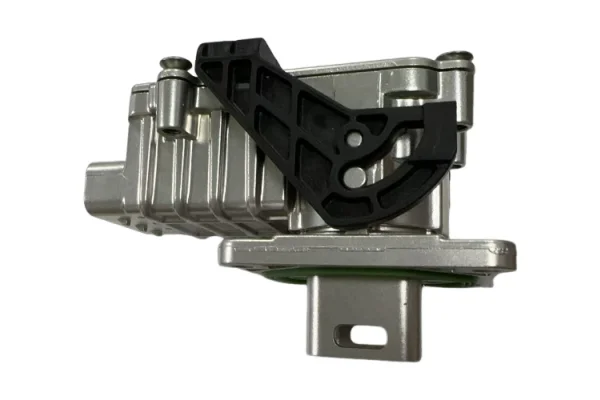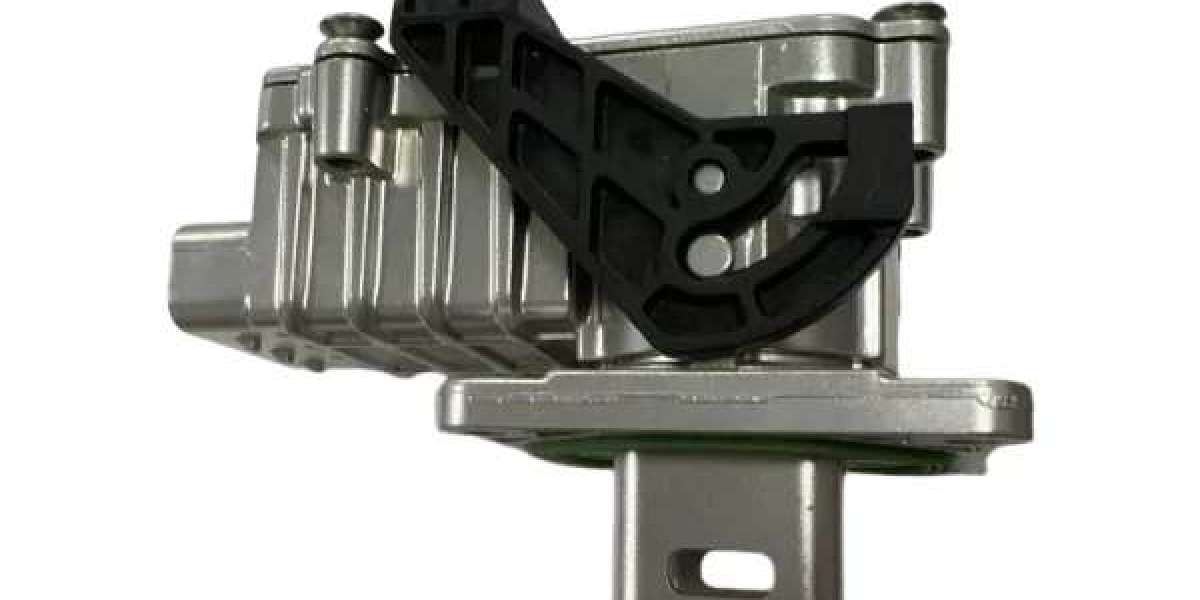The automotive industry is undergoing a significant transformation, driven largely by the adoption of new energy vehicles (NEVs). At the heart of this transition lies the battery system, and within it, the humble yet crucial battery plug and socket. These components play a vital role in the efficient and safe transfer of power between the vehicle and its charging infrastructure. Recent technological advancements in battery plug and socket designs have significantly enhanced the performance, reliability, and safety of NEVs, contributing to their broader acceptance and market penetration.

Evolution of Battery Plug and Socket Technology
Early Designs: Basic and Functional
Early NEVs featured relatively basic battery plug and socket designs. These components were primarily focused on functionality, ensuring that power could be transferred from the charging station to the vehicle's battery pack. However, these early designs often lacked the sophistication needed for high-speed charging, robust durability, and advanced safety features.
Mid-Stage Development: Enhancements for Efficiency and Safety
As NEV technology matured, so did the design of battery plugs and sockets. Manufacturers began incorporating features such as thermal management systems to prevent overheating, waterproof seals to ensure operation in various weather conditions, and locking mechanisms to secure the connection during charging. These enhancements not only improved charging efficiency but also significantly boosted safety standards.
Contemporary Innovations: Smart and Integrated Solutions
Today's battery plug and socket designs are at the cutting edge of technology. They integrate smart sensors and communication protocols that enable real-time monitoring of charging parameters, such as voltage, current, and temperature. This data is crucial for optimizing charging processes, preventing overcharging, and detecting potential faults early. Furthermore, many modern designs incorporate integrated cooling systems to manage heat generation more effectively, allowing for higher power levels and faster charging times.
Key Technological Advancements
High-Power Charging Capabilities
One of the most significant advancements in battery plug and socket technology is the ability to handle high-power charging. This is crucial for reducing charging times and increasing the convenience of NEVs for consumers. To achieve this, designers have developed materials and structures that can withstand the increased thermal and mechanical stresses associated with high currents.
Enhanced Safety Mechanisms
Safety remains a paramount concern in the development of battery plug and socket technology. Modern designs incorporate multiple layers of protection, including arc fault detection, overcurrent protection, and thermal cutoff mechanisms. These features work in tandem to minimize the risk of electrical fires and other hazards, ensuring that charging operations are as safe as possible.
Interoperability and Standardization
Another key area of focus has been interoperability and standardization. As the NEV market expands, it is increasingly important that battery plugs and sockets are compatible with a wide range of charging stations. Standardization efforts, led by organizations such as the International Electrotechnical Commission (IEC) and Society of Automotive Engineers (SAE), are helping to create a more unified charging infrastructure that benefits both consumers and manufacturers.
Sustainability and Environmental Considerations
The environmental impact of battery plug and socket production and disposal is also receiving attention. Manufacturers are increasingly adopting eco-friendly materials and production processes to minimize the carbon footprint of these components. Additionally, efforts are underway to design plugs and sockets that are easier to recycle at the end of their lifespan, contributing to a more circular economy.
Future Prospects
The future of battery plug and socket technology in NEVs looks promising. As research and development continue, we can expect to see even more innovative designs that push the boundaries of performance, safety, and sustainability. For instance, wireless charging technology, which eliminates the need for physical plugs and sockets, is under active development and could revolutionize the charging experience for NEV users.
Moreover, the integration of artificial intelligence (AI) and machine learning algorithms into battery management systems will enable even more sophisticated monitoring and control of charging processes. This will further enhance the efficiency, reliability, and safety of NEV charging infrastructure.
Conclusion
The technological progress in battery plug and socket designs for new energy vehicles is a testament to the rapid evolution of the automotive industry. From basic and functional early designs to today's smart, integrated solutions, these components have played a pivotal role in the adoption and success of NEVs. As we look to the future, the continued advancement of battery plug and socket technology will undoubtedly play a crucial role in shaping the landscape of sustainable mobility.








